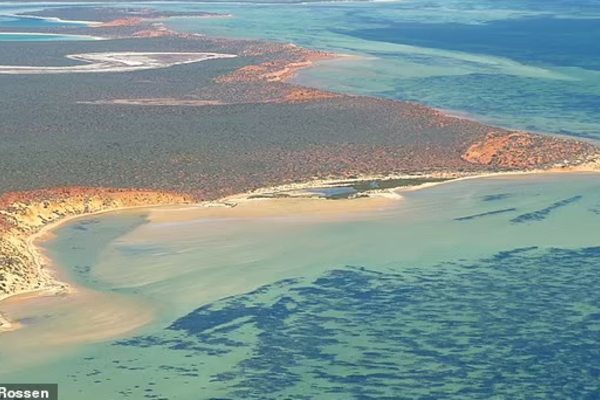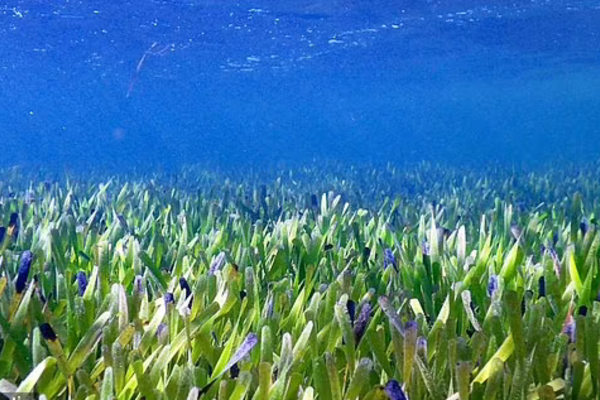Close-up of the largest plant on Earth 200 km2 . wide
The exceptional grasslands off the coast of Australia are claimed to be the largest plant species in the world. The giant plant, called Posidonia Australis, began to live about 4,500 years ago, when the ancient Egyptians built the great pyramid of Giza.

Close-up of the largest plant on Earth 200 km2 . wide
| There are older species of seagrasses and terrestrial plants elsewhere in the world, but none as large as this one. |
It’s like a large lawn, growing through rhizomes, said Martin Breed, a Flinders University ecologist and study co-author. There are some parts of the lawn that are dead, but there are many parts that are still alive and green.
An entire large area grows from a single seedling and spreads by cloning itself.
Jane Edgeloe, principal investigator on the project, said they sampled buds from seagrass meadows in the Shark Bay area, then tested for 18,000 genetic markers to create a profile of the tree.
The entire 200 square kilometer existing grassland appears to have been extended from a single seedling. The researchers have now set up a series of experiments in Shark Bay to learn how plants survive and thrive in such variable conditions.
 |
Seagrasses are marine plants that have roots and flowers similar to terrestrial plants. They grow in shallow coastal waters with plenty of light and sandy or muddy bottoms. There are many species that depend on seagrasses, including a large population of fish that move between different grasslands throughout the year.
In Shark Bay, about 36% of the seagrass was destroyed by this heatwave, with the ecosystem still recovering to this day.
Between 2010 and 2011, Western Australia experienced a heatwave at sea that saw temperatures soar in some coastal waters, according to experts.
Previously, the plant that held the record for the largest tree in the world in terms of area belonged to the poplar tree in Utah, USA with the nickname Pando.
From just one original tree, Pando cloned itself into many similar trees connected by a root system. Pando covers only about 0.4 square kilometers, about 400 times smaller than seagrass beds in Australia.
at Blogtuan.info – Source: Kenh14.Vn – Read the original article here



